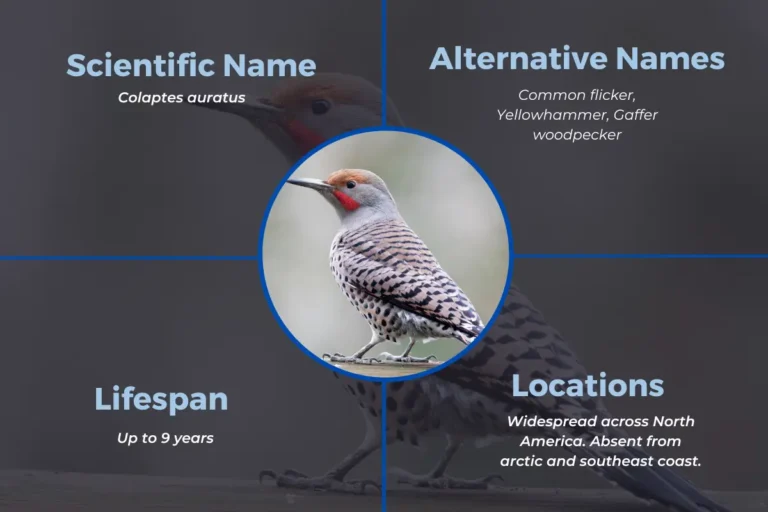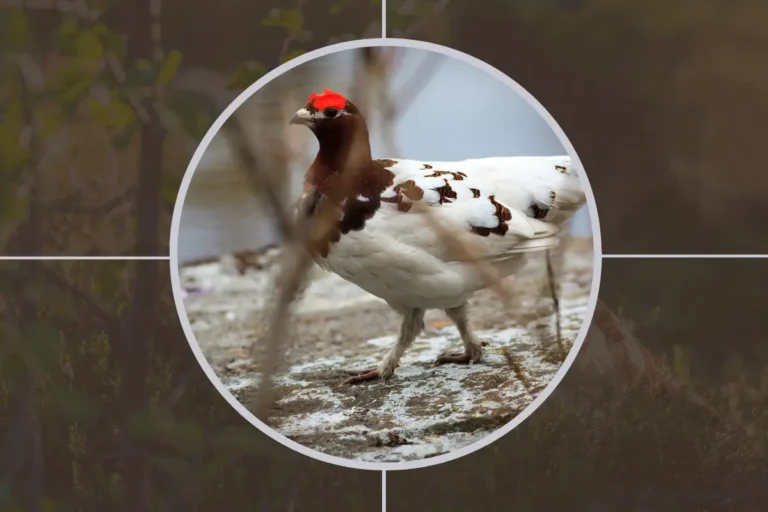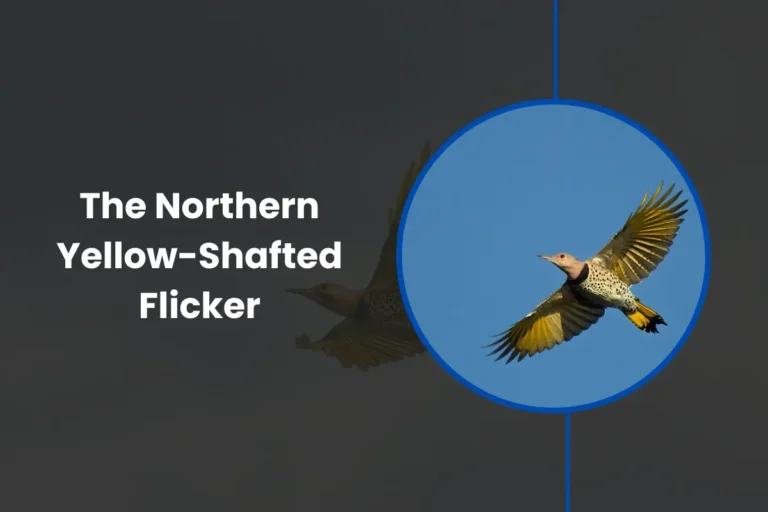Campylorhynchus Brunneicapillus Bryanti
Campylorhynchus Brunneicapillus Bryanti is another subspecies of the cactus wren endemic to coastal western Baja California, Mexico.
First described in 1894, this subspecies shows distinctive plumage features including white rump markings. Read on for more details about the identification, range, ecology, and conservation status of this unique bird.

Looking for more overview about bird subspecies:
Scientific Classification
- Kingdom: Animalia
- Phylum: Chordata
- Class: Aves
- Order: Passeriformes
- Family: Troglodytidae
- Genus: Campylorhynchus
- Species: C. brunneicapillus
- Subspecies: C. B. Bryanti (Anthony, 1894)
Identification
This subspecies of Cactus Wern can be identified by:
- Darker brown upperparts with white streaks
- Distinctive white patches on the rump and back
- Underparts pale with variable dark spotting
- Long bill with pale lower mandible
- Legs flesh-colored
The white rump markings help distinguish this subspecies.
Location
This subspecies is exclusively found along the western coast of Baja California, Mexico. Its range extends from El Rosario south to Cabo San Lucas and inland to the Sierra de la Laguna mountains.
Interesting Facts
This subspecies holds historical significance, being named after renowned Californian ornithologist Walter Pierce Bryant (1861–1905). This subspecies’ distinct white markings and subtle color variations make it a subject of fascination among birdwatchers and researchers.
Conservation Status
This subspecies is relatively common across its range. The IUCN Red List categorizes C. b. bryanti as Least Concern for extinction.
Conservation of Natural Habitat
Protecting areas of coastal desert and dry tropical forest will provide habitat for nesting, foraging, and shelter. Limits on tourism development and urban sprawl can maintain suitable habitats.
Frequently Asked Questions
1. How does C. b. bryanti build its nest?
Like other cactus wrens, it constructs a large domed nest in stands of cholla cactus, using the spines as defensive barriers.
2. What is the significance of C. b. bryanti’s white markings on the rump and scapulars?
The distinct white markings serve as key identification features for C. b. bryanti. These markings, combined with its darker upperparts, make it easily distinguishable from other cactus wren subspecies.
3. How does C. b. bryanti’s habitat along the western coast of Baja California influences its behavior?
The coastal habitat provides C. b. bryanti with access to unique food sources and nesting sites. Its behaviors, including foraging patterns and nesting preferences, are likely influenced by the specific ecological factors present in these coastal areas.
Conclusion
C. b. bryanti is a Baja California endemic subspecies of the cactus wren with a distinctive appearance and ecology. Conservation of natural ecosystems will support the continued survival of this desert-dwelling bird.







